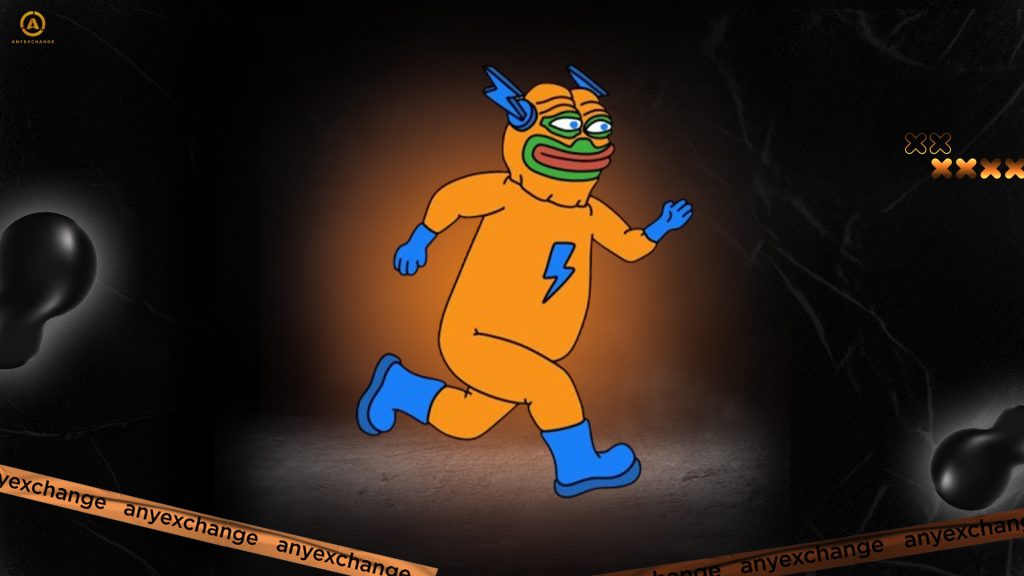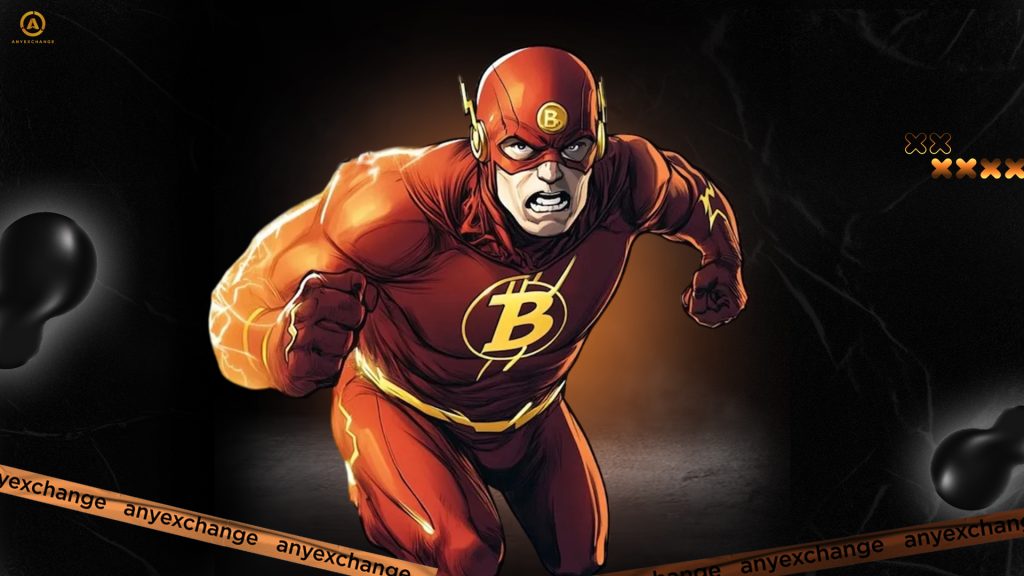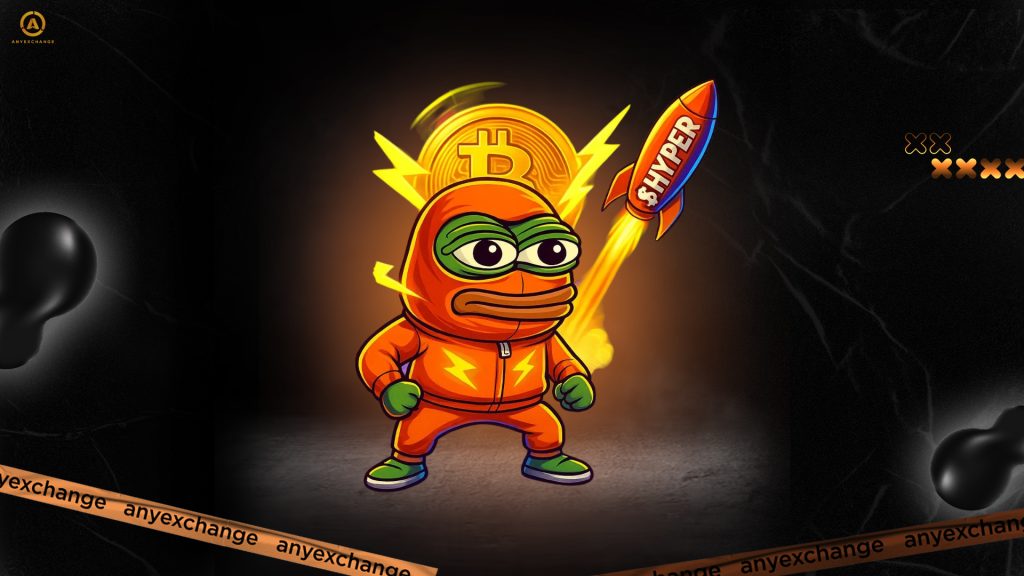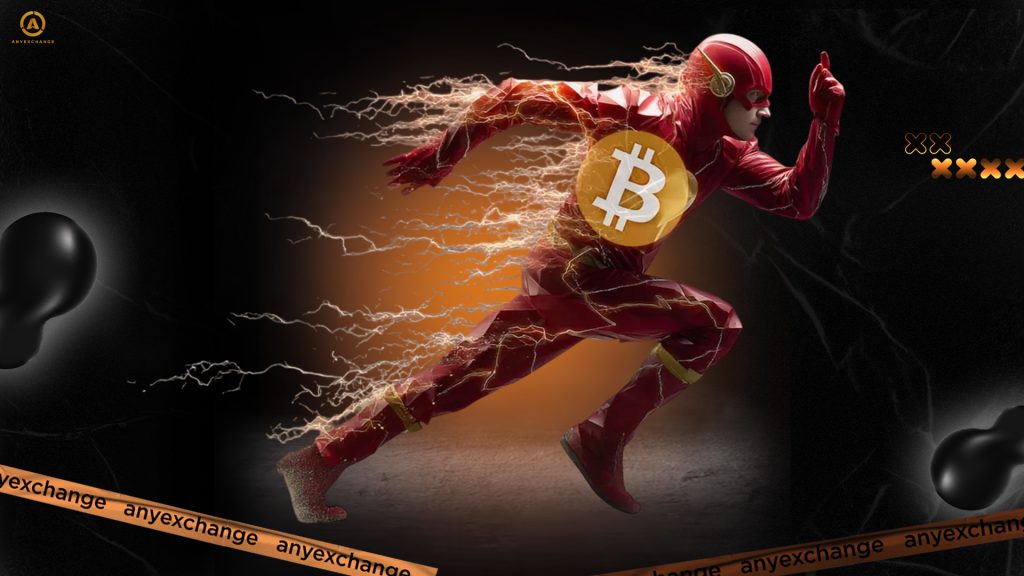
Everything is moving towards the fact that Bitcoin is expecting a new round of evolution. While the main network stalls under the weight of its outdated architecture, a project has emerged that could revolutionize the scalability and functionality of BTC. Bitcoin Hyper is a new Layer-2 solution that can solve many problems of the world’s largest cryptocurrency network.
As of this writing, Hyper has already raised nearly $6 million in the presale stage, and interest in the project from the crypto community is growing exponentially. Crypto media is full of positive reviews about the new Bitcoin Hyper Layer 2, and investors continue to invest money. This is understandable — developers and investors are tired of waiting for Bitcoin to become a full-fledged platform for DeFi, smart contracts, and dApps, not just a passive, expensive asset. The team promises that Bitcoin Hyper will be more powerful and faster than existing analogues, providing the foundation for a decentralized economy based on Bitcoin.
Thus, the prospects of this Layer 2 solution for Bitcoin are becoming the number one topic in 2025. If even half of the promises are fulfilled, we will see a real reboot of the entire “digital gold” ecosystem.
What is Bitcoin Hyper?

Layer 2 solutions are scaling technologies that work on top of the main network, taking over transaction processing and reducing the load on the underlying blockchain. This accelerates user interaction with the network.
A classic example of an L2 solution for Bitcoin is the Lightning Network. Now, there is also Bitcoin Hyper. Such solutions are critical for the network. Despite its reputation and status, the first cryptocurrency faces a fundamental obstacle: limited bandwidth. On average, the blockchain processes seven transactions per second. During periods of increased demand, this results in significant delays and high fees. Meanwhile, modern blockchains and payment systems have long operated with numbers in the hundreds or thousands of TPS. This is why Bitcoin needs Layer 2. Second-level solutions are necessary for Bitcoin to develop and remain competitive with Ethereum and other smart contract platforms. Without additional scaling levels, digital gold risks becoming only a store of value.
History of Creation
The first mentions of the project appeared at the end of 2023, but the loudest announcement took place at the beginning of 2024 when the team presented a public roadmap and announced the presale launch. The project quickly attracted the attention of the crypto community thanks to its bold claim to create a Layer 2 solution that would make Bitcoin faster and more useful, with full support for the Web3 ecosystem.
The Hyper team prefers to remain anonymous, a tradition that has become common among many crypto projects related to Bitcoin. Former engineers from the Ethereum Foundation, StarkWare, Polygon Labs, LayerZero, and Optimism are reportedly involved in the project’s development.
Project Goals
The main goal is to create a powerful Layer-2 architecture that will enable smart contracts, DeFi platforms, NFT marketplaces, and decentralized applications (dApps) to launch directly on Bitcoin. The team states that they want to turn BTC into a “full participant in Web3” while preserving its decentralized nature and security mechanisms.
The project’s strategic goals inсlude:
- increase the transaction speed in Bitcoin Hyper to several thousand TPS;
- reduce fees to below $0.01;
- provide support for DeFi on Bitcoin Hyper in the first launch phase;
- attracting large developers and creating a convenient environment for Web3 startups;
- develop an ecosystem that includes wallets, bridges, and custom solutions for institutions.
How Bitcoin Hyper Works

- The central element is a modified version of the Solana Virtual Machine (SVM). According to the team, their SVM implementation provides greater speed than the original Solana.
- Layer 2 is based on a hybrid architecture combining elements of zk-rollups and optimistic rollups. This architecture allows for a high level of scalability without compromising security. Hyper offers full infrastructure for executing smart contracts and complex operations off the main chain; only aggregated proofs are sent to the main network.
- Bitcoin Hyper is tightly integrated with the BTC main network. It uses bidirectional bridges and a proof systеm to verify and secure data created in Hyper on the main chain. This approach ensures compatibility with BTC assets and enables the safe transfer of funds between the two layers. Additionally, Hyper can maintain consensus independently of the main network thanks to its own verification nodes and aggregators.
- The consensus model is based on Proof-of-Stake. Validators confirm transactions within Layer-2 and receive $HYPER tokens as a reward. This solution works in parallel with Bitcoin mining without replacing it; rather, it complements Bitcoin mining with scalability and smart contract logic capabilities.
Advantages and differences

- Speed and scalability: Thanks to the rollup architecture, the project can process up to 20,000 transactions per second. This is thousands of times faster than the main BTC network. This transaction speed gives Bitcoin Hyper a significant advantage, making it competitive not only with other Layer-2 solutions but also with the fastest blockchains on the market.
- Low fees: Declared fees of less than $0.01 make the new Bitcoin infrastructure attractive for micropayments, DeFi protocols, and gaming dApps, where costs are critical.
- DeFi support: Even at the testnet stage, the team presented basic protocols for decentralized exchanges, lending, and farming. A full launch will pave the way for more complex solutions, such as derivatives, stablecoins, and DAOs.
Comparison with Lightning Network
The Lightning Network is considered a flagship technology, but Hyper goes much further. Lightning is primarily a payment network, whereas the Bitcoin Hyper ecosystem is designed for extensive functionality. Lightning requires the opening of payment channels, whereas Hyper offers a familiar Web3 infrastructure with wallets, browsers, and interaction via RPC. Essentially, comparing Bitcoin Hyper and Lightning is like comparing a “wallet for transactions” to an “app platform.” Both approaches are useful, but only Hyper is capable of scaling the concept of a decentralized Bitcoin-based economy.
Potential and Application
Smart contracts
One of the project’s most groundbreaking areas is the implementation of smart contracts. Unlike the BTC mainnet, Hyper provides developers with an EVM-compatible environment, allowing them to create full-fledged decentralized applications. This allows them to launch and scale familiar Web3 tools and Ethereum-written code on the Hyper network with minimal changes.
NFTs and dApps
Developing NFTs and dApps is the next logical step. The first token collections, as well as simple gaming and fintech applications, have already appeared during the testing phase. After the mainnet launch, an influx of developers who previously preferred Ethereum or Solana is expected. Hyper’s integration with wallets, IPFS support, and the ability to create ERC-721 and ERC-1155 tokens make it a convenient environment for NFT marketplaces, collections, and metaverses.
The transformation of the BTC ecosystem
The emergence of Hyper could be a turning point in Bitcoin’s history. If the team’s plans are successful, we will witness Bitcoin’s transition from a monetary model to a functional ecosystem. This expansion of potential could attract new users, increase BTC liquidity, and change its perception as a “slow asset.”
Tokenomics and Investments
The project has its own token, $HYPER, which serves multiple functions: paying network fees, participating in DAO voting, staking, and rewarding validators. It has been in the presale stage since May 8, 2025, providing the bulk of the funding for the project’s development. According to Bitcoin Hyper tokenomics, the emission will be capped at 21 billion tokens. When the main network is fully launched, Bitcoin Hyper staking will be available. Stakers will also receive priority access to early dApp listings, voting, and platform beta testing.
You can participate in the presale on the project’s official website (bitcoinhyper.io) using USDT, ETH, or BTC. Those who want to learn how to buy Bitcoin Hyper only need to connect a compatible wallet, such as MetaMask or WalletConnect, and decide on the purchase amount.
After the presale ends, the token will be listed on CEX and DEX. The team is negotiating with Gate.io, MEXC, and BitMart and is considering listing on Uniswap. Thus, depending on the investor’s level of preparation, there are several options for investing in Bitcoin Hyper.
Prospects and Roadmap
Analysts forecast 10–30x growth for Bitcoin Hyper from the presale price in the event of a successful mainnet launch in 2025. Investors are betting on the project’s technological advancement and niche. Among Layer 2 solutions for Bitcoin, Hyper has almost no direct competitors. Of course, implementation will be key, but the ROI potential is high, even by crypto market standards.
All previous milestones were met on schedule, and the team confirms that the Bitcoin Hyper mainnet launch is scheduled for the fourth quarter of 2025. Validators have already begun connecting for closed testing, and developers are working to secure and optimize the rollup infrastructure.
Bitcoin Hyper’s partners and investors inсlude several well-known funds and services. Early participants from the Polygon ecosystem and private investors associated with Delphi Digital and Spartan Group are among the public list. Among the technology partners are Chainlink and POKT Network. Additionally, X is actively distributing information about potential collaboration with OKX Ventures.
Risks and challenges:
- Security: Despite the use of zk-proofs and other modern solutions, Bitcoin Hyper remains vulnerable in the early stages of development, particularly during mainnet launches, bridge openings, and the initial deployment of decentralized applications. There is competition with other Layer-2 solutions for Bitcoin. In addition to the well-known Lightning Network, there are other Layer-2 initiatives on the market, such as: Stacks, Botanix, and Ark. Some of these initiatives are already integrated into wallets and supported by exchanges, which could hinder the adoption of Hyper.
- Risks of centralization: In the early stages of development, the project may depend on a limited number of validators and infrastructure nodes. This could raise concerns about centralized management and the team’s influence on decision-making.
Conclusion
Bitcoin Hyper has entered the Bitcoin ecosystem at full speed and has every chance of transforming it into a complete environment for smart contracts, NFTs, and DeFi. Its big ambitions make Bitcoin Hyper one of the most intriguing projects of the year. The coming months will show whether the team can not only implement their plans technically, but also maintain the community’s trust. After all, developing a Layer-2 solution is not just an engineering task. It challenges the established idea of Bitcoin as a store of value and could transform it into a full-fledged platform for Web3.
Thank you for your attention. Invest safely and profitably!
Anyexchange is an exchanger that allows you to convert cryptocurrency at the most favorable rates and make secure money transfers around the world.
FAQ
What makes Bitcoin Hyper unique among other Layer-2 solutions?
The project combines zero-knowledge technology, Ethereum Virtual Machine (EVM) compatibility, and the use of Ethereum infrastructure to run smart contracts, non-fungible tokens (NFTs), and decentralized finance (DeFi) applications. It is the first Layer-2 solution for Bitcoin that offers this level of flexibility.
How is Bitcoin Hyper different from the Lightning Network?
The Lightning Network is designed for microtransactions in BTC. It does not support smart contracts and has limited functionality. In addition to microtransactions, Bitcoin Hyper offers a full-fledged, EVM-compatible environment in which you can run dApps, DeFi, and Web3 protocols, thereby expanding Bitcoin’s capabilities.
Can you run smart contracts on Bitcoin Hyper?
Yes, the network is fully compatible with the Ethereum Virtual Machine (EVM), allowing you to run dApps and migrate contracts from Ethereum.
When is the launch of the Bitcoin Hyper mainnet planned?
The mainnet will be fully launched in Q4 of 2025. Reviews of Bitcoin Hyper in the crypto community confirm interest in the project and high expectations for its launch.






